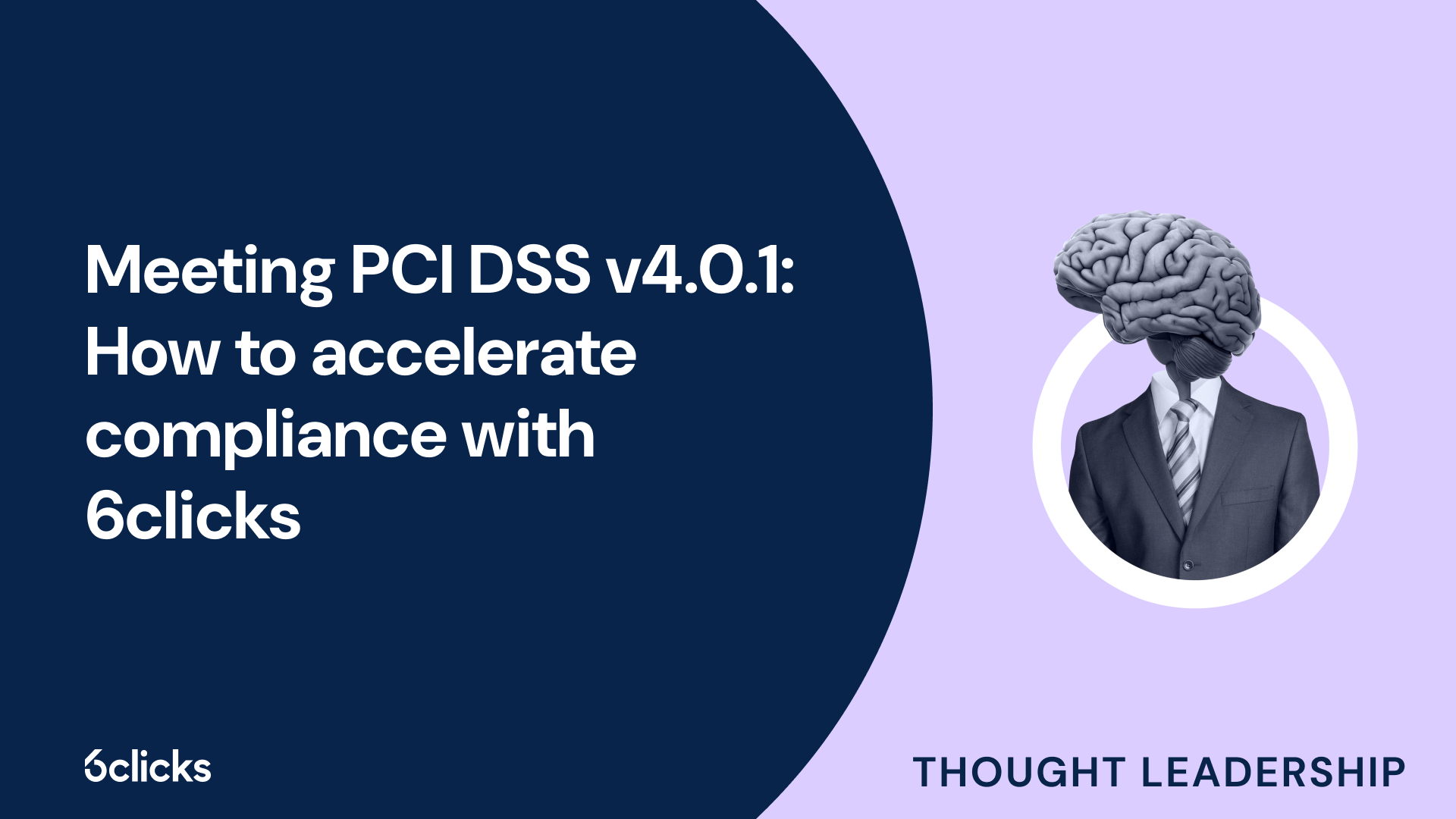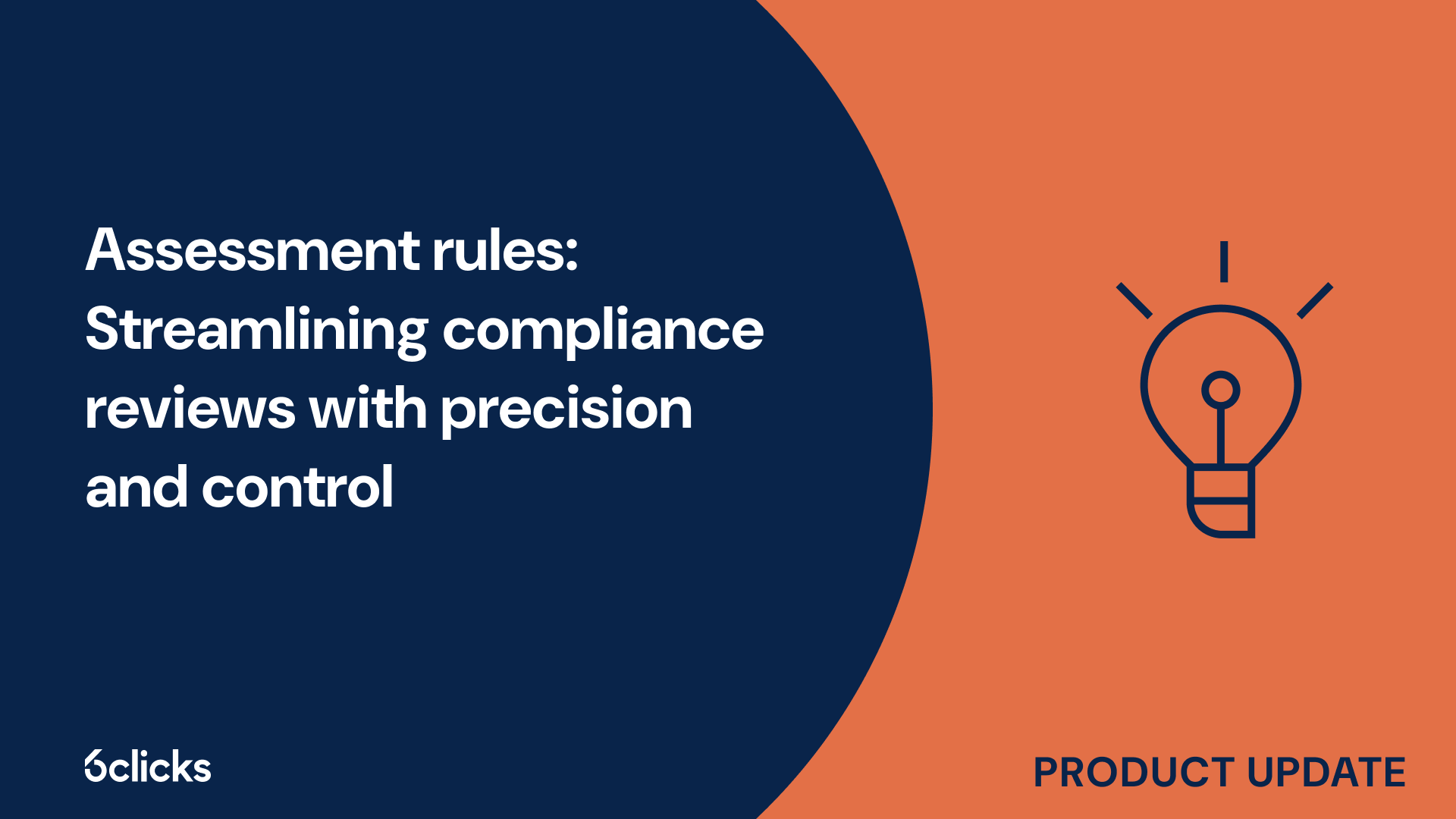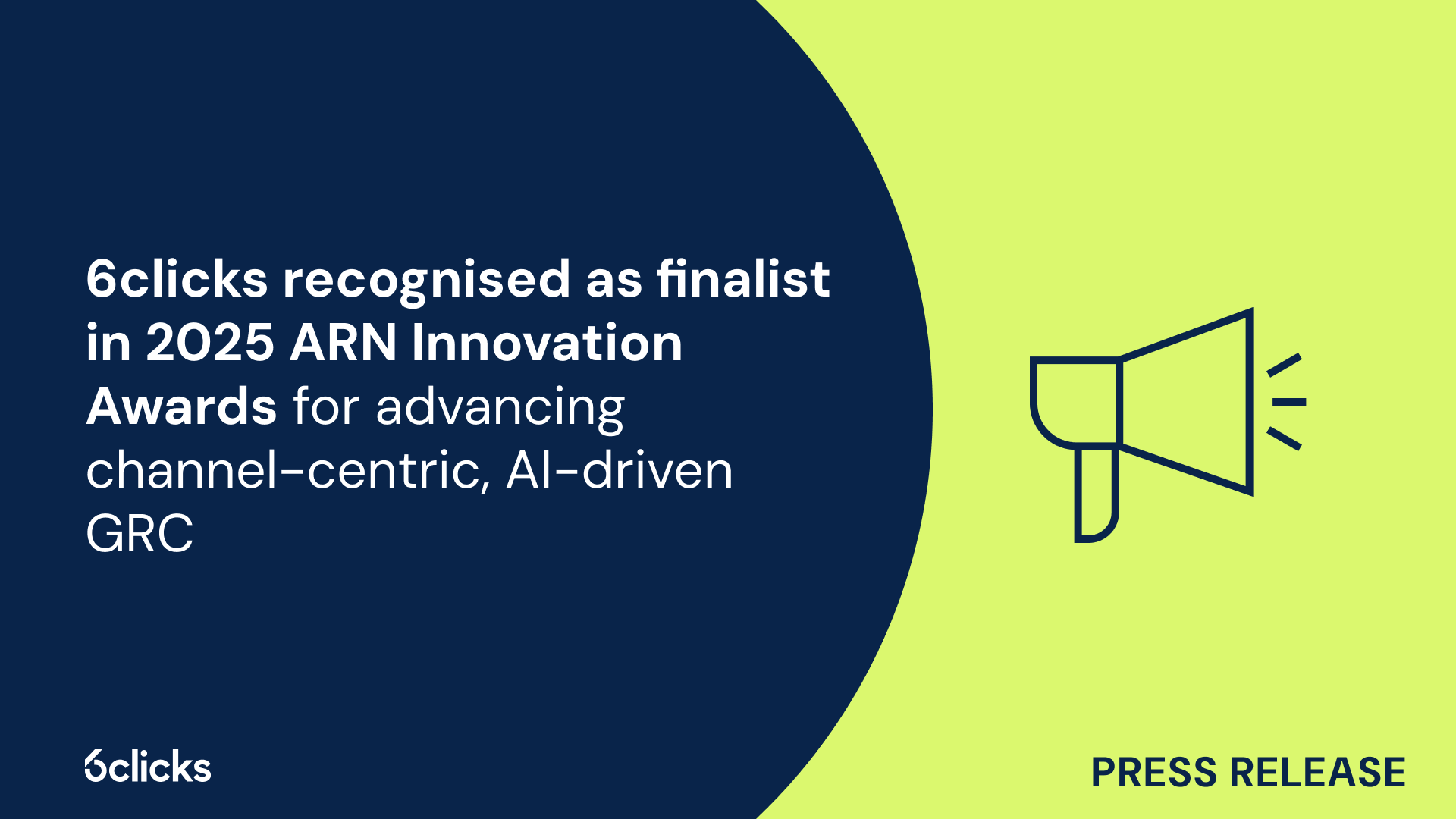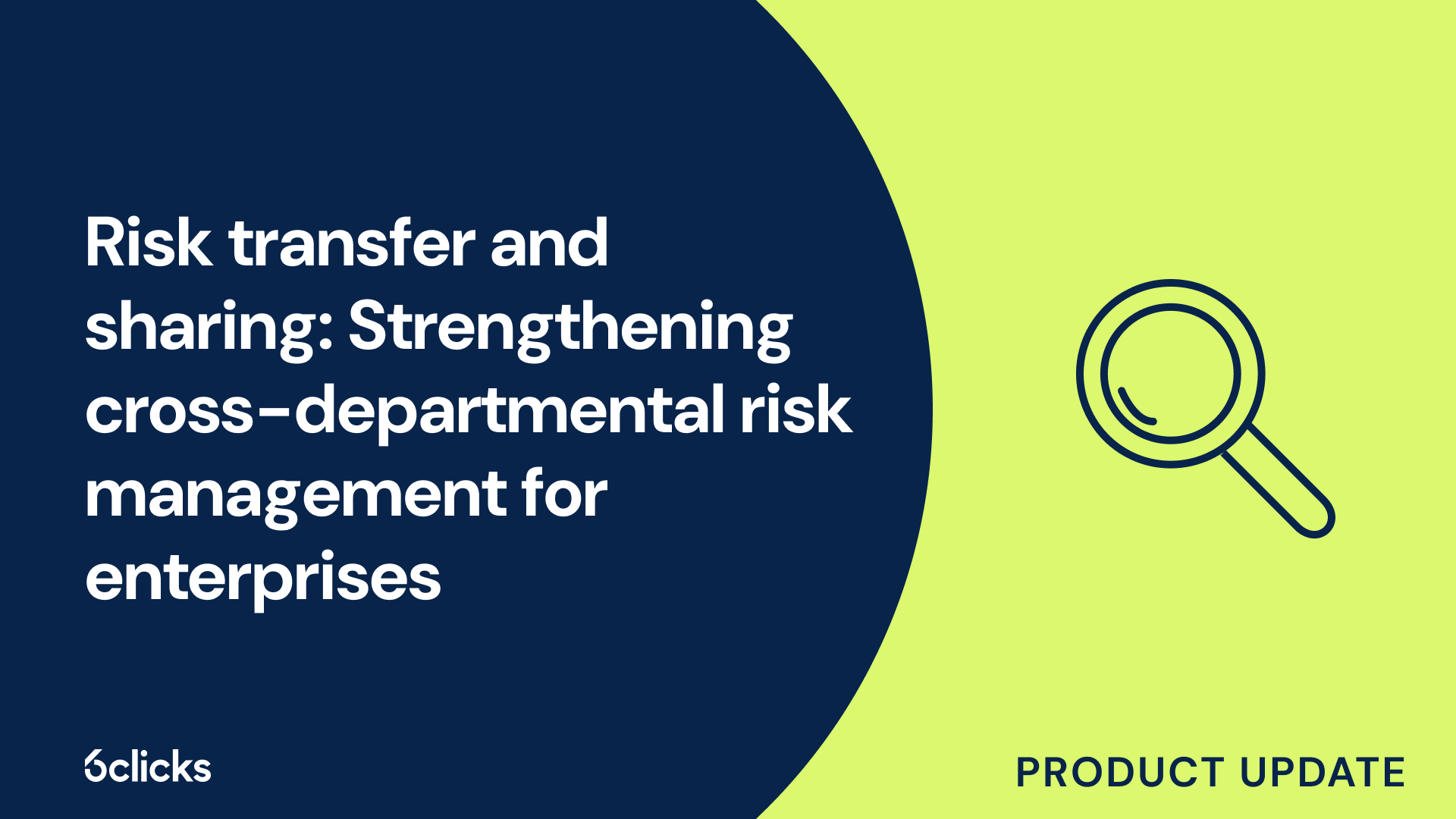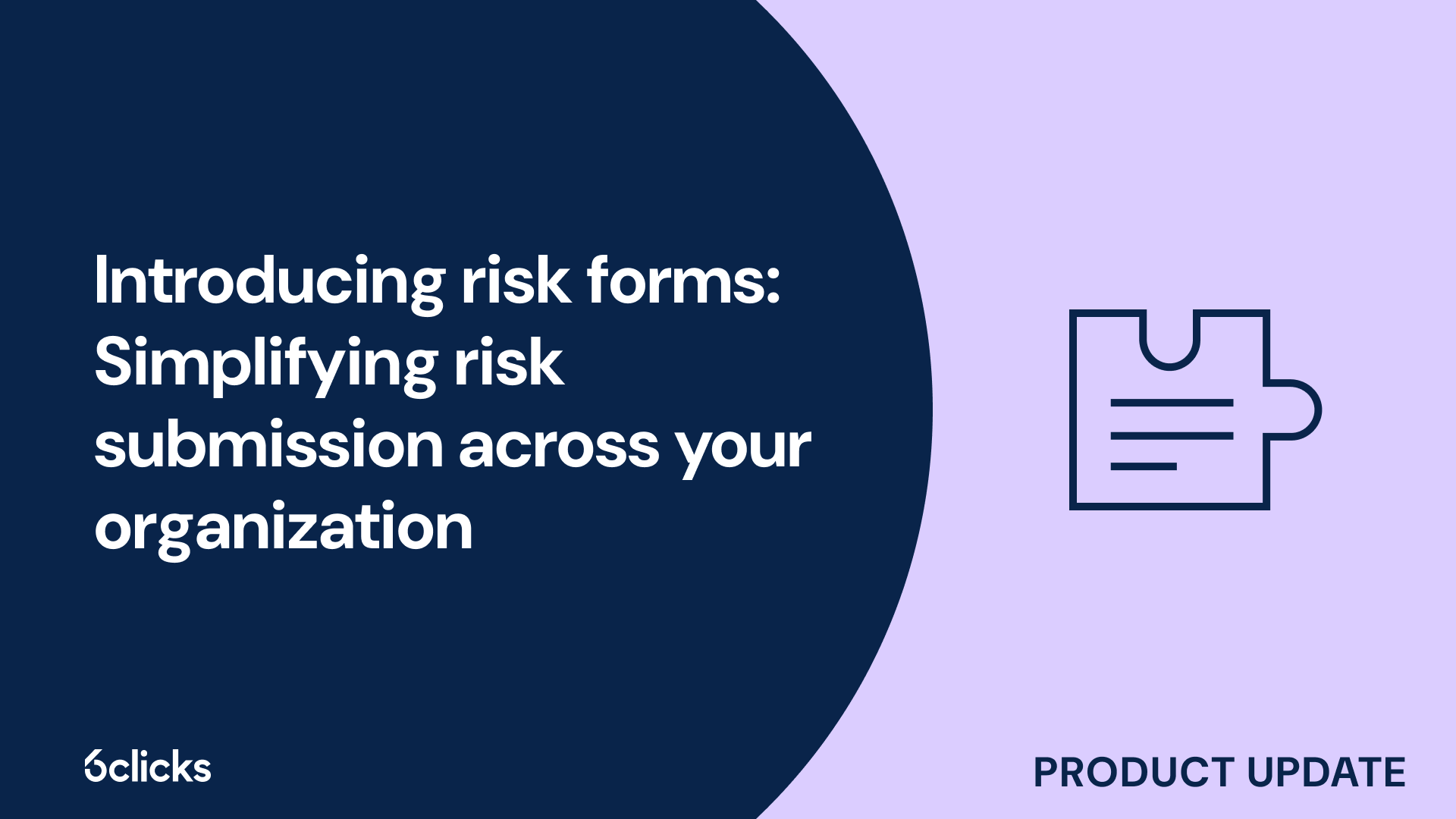Your guide to mastering cybersecurity in 2025
Master the eight essential pillars of cybersecurity with this 2025 guide. Learn practical risk reduction, compliance alignment, and resilience building strategies trusted by global leaders.
-1.png?width=200&height=249&name=Group%20193%20(1)-1.png)
Your guide to mastering cybersecurity in 2025
What are the 10 domains of cybersecurity?
Cybersecurity is a broad and essential field that protects systems, networks, and data from cyber threats. To comprehensively secure digital assets, cybersecurity is divided into ten core domains, each addressing specific security aspects. Understanding these domains helps organizations implement a robust security strategy and mitigate risks effectively.
1. Security and risk management
- Involves policies, procedures, and guidelines to manage cybersecurity threats.
- Includes risk assessment, compliance, governance, legal issues, and security policies.
- Organizations must identify vulnerabilities and mitigate potential threats effectively.
Read more: Building a cybersecurity risk management plan
2. Asset security
- Focuses on protecting information assets through data classification, ownership, and retention policies.
- Ensures data confidentiality, integrity, and availability (CIA triad).
- Utilizes encryption, access controls, and audits to prevent unauthorized access.
Learn how to develop an Information Security Management System (ISMS) to protect critical assets.
3. Security architecture and engineering
- Covers secure system design and implementation.
- Involves secure network architecture, hardware, software security, and encryption technologies.
- Protects against evolving threats and vulnerabilities.
4. Communication and network security
- Ensures secure data transmission.
- Involves network architecture, firewalls, IDS, VPNs, and secure communication protocols.
- Reduces risks like man-in-the-middle (MitM) attacks and eavesdropping.
5. Identity and access management (IAM)
- Ensures authorized access to resources.
- Includes authentication methods like multi-factor authentication (MFA), biometrics, and role-based access control (RBAC).
- Prevents unauthorized access and insider threats.
6. Security assessment and testing
- Identifies vulnerabilities through regular assessments and penetration testing.
- Includes vulnerability scanning, ethical hacking, security audits, and compliance testing.
- Helps organizations proactively address security weaknesses.
7. Security operations
- Focuses on real-time monitoring, detection, and response to security incidents.
- Involves Security Operation Centers (SOCs), incident response teams, and threat intelligence.
- Ensures rapid threat mitigation to minimize damage.
8. Software development security
- Integrates security in the software development lifecycle (SDLC).
- Uses secure coding practices, code reviews, and DevSecOps methodologies.
- Prevents cyber threats like SQL injection, cross-site scripting (XSS), and buffer overflow attacks.
9. Business continuity and disaster recovery planning (BCDR)
- Ensures operational continuity during cyber incidents or system failures.
- Includes data backup strategies, incident response plans, and disaster recovery sites.
- Maintains business resilience amid disruptions.
10. Legal, regulations, and compliance
- Ensures adherence to cybersecurity laws and regulations.
- Covers data protection laws like GDPR and HIPAA, and cybersecurity frameworks like NIST CSF and ISO 27001.
- Helps organizations stay legally compliant and ethically responsible.
Summary
Understanding the ten domains of cybersecurity is crucial for building a strong security strategy. Organizations must focus on risk management, network security, identity protection, security assessments, and compliance to safeguard their digital assets. Implementing best practices in each domain enhances cybersecurity resilience and minimizes potential cyber threats.
To learn how you can implement an effective cybersecurity strategy tailored to your organization, book a demo with 6clicks today and see how our solutions can help you stay secure and compliant.








